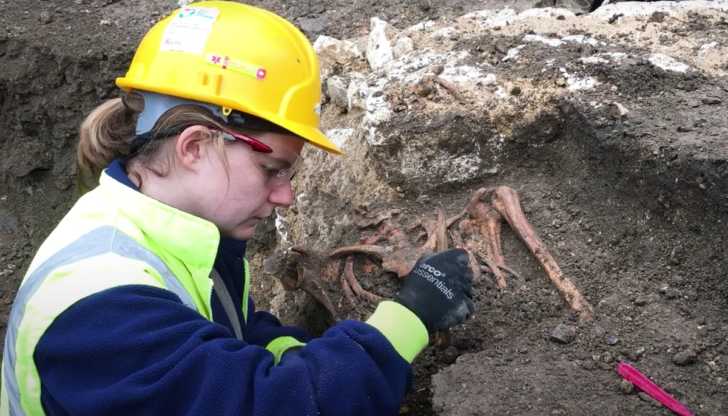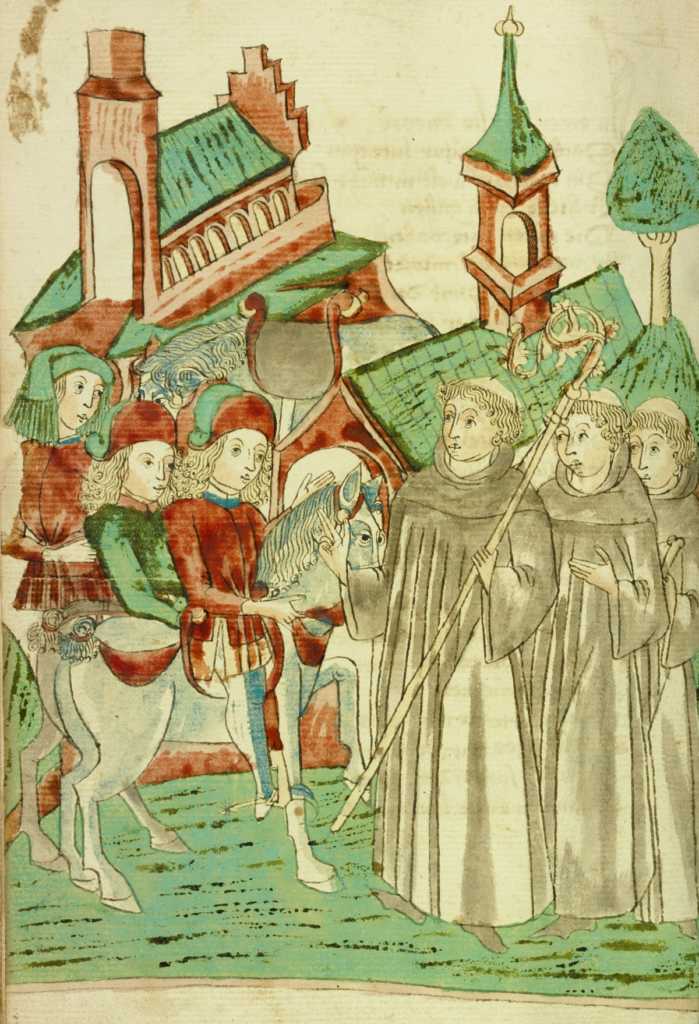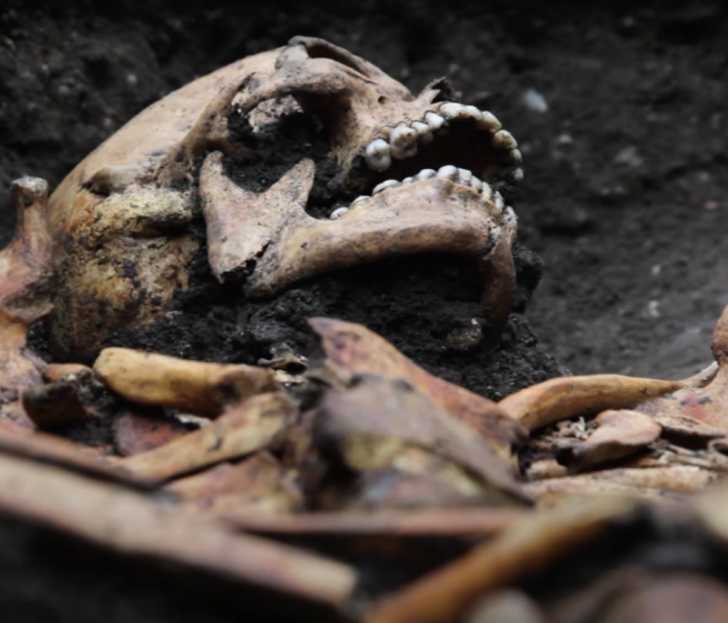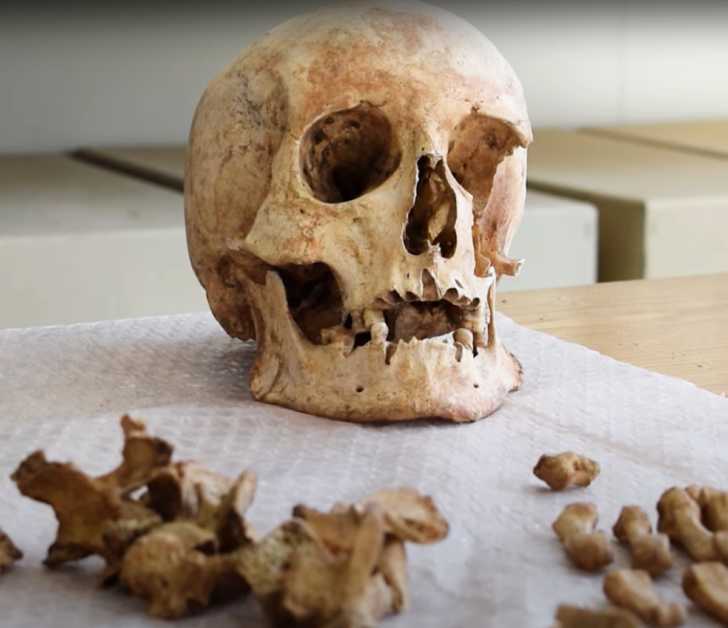Archaeologists Find Proof of Just How Dangerous The Middle Ages Were For Workers
It was a hard knocks life.
A new study carried out over 3 historic graveyards in Cambridge, England, reveals just how many injuries were sustained during daily life for people in the Middle Ages. Many of these injuries -apparent in broken bones- are speculated to have been the result of work injuries. These non-fatal injuries show just how dangerous it was to be alive and working during that era, but the findings of this study also show that even across social lines injuries were common.

The researchers from Cambridge University, the University of Aberdeen, and the University of Leicester looked at 314 skeletons from 3 different medieval graveyards: one for average workers in the parish, one for an Augustinian friary (which buried wealthy patrons alongside friars), and a cemetery for a charitable hospital.
What archaeologists found was the there was a discrepancy in the number of broken bones between the 3 sites. The most broken bones were found in the graves of regular working class people at the parish cemetery where 44% of those buried there showed evidence of at least one fracture. In life these folks would have been farmers, stone masons, bread bakers, laundry women, and other tradespeople. By the Middle Ages some tools were in use to reduce the amount of back breaking labor needed to earn a day’s wage, but these tools still required massive amounts of energy to use and had zero safety precautions. At the time most commoners would have begun work around age 12 and this is the age when many apprenticeships began.

Injuries like broken arms, fingers, and legs were common at the time. People buried in the parish cemetery also had the highest levels of blunt force trauma to the skull. People were buried in this cemetery between 1000 and 1365.
The group with the next highest levels of broken bones was the graveyard of the friary where 32% of those buried there had endured a fracture. Despite having support from wealthy patrons to live a sheltered life this group still did suffer injuries. While some in the clerical life were academics, scribes, or administrators many others were working regular jobs within their holy communities. Each friary or monastery was responsible for making most (if not all of) their own food and supplies, which means a variety of trade accidents were likely just as with the laboring classes.

The friary was established in the late 13th century and functioned until 1538 when King Henry VIII initiated the dissolution of the monasteries.
The hospital graves had the lowest percentage of broken bones of the group at 27%. At first glance this might sound strange for a hospital cemetery to have fewer fractures, but researchers think they know why that is. Patients of the hospital would have been arriving for all manner of illness and injury, meaning that people of all age ranges were dying at the hospital from all causes. Some patients died from disease before they could sustain common job-related injuries of the era. Patients at the hospital would have been impoverished and often destitute.
People buried in this graveyard would have died between 1204-1214 and 1250 when grounds reached maximum capacity.

Violence and traumatic events were also a factor in whether a medieval person sustained broken bones. Males across the 3 groups were more likely to have sustained a traumatic injury than females. However, one woman who was buried in the parish cemetery appeared to show signs of repeated domestic abuse in the form of a broken foot and jaw, as well as broken ribs and vertebrae that each had time to heal before her death.
The findings of this study were published in January 2021 in the American Journal of Physical Anthropology and show the disparity between average workers’ safety and those of religious orders and the patrons who funded those orders.

See more of this incredible dig in the video below.
SKM: below-content placeholderWhizzco for DOT

